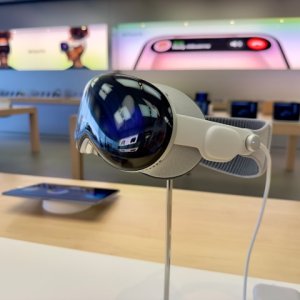Technology Securing Healthcare Coverage Amid Crisis

STORY INLINE POST
Q: How have you optimized the Doc.com platform to make it more user-friendly?
A: Based on the feedback we received, we were able to understand what was being used and what was not. As a result, we consolidated our two services in the same app, which increases the functionality of both. Now, patients have the option to speak to a doctor or psychologist directly via chat, with fewer restrictions and using only half the bandwidth, which makes the platform a faster download. This is especially helpful now that we are working in the US. We have a contract with TracFone Wireless, which is integrating our services to its telephone plans for half of its users. In Latin America, we are partnering with a group to advertise in the region and increase our presence.
We also optimized our classification system for epidemiological disease information, which is the core of what Doc.com does and what makes it possible for us to offer cheaper services. We classify scientific data based on relevance, according to international standards. Our new contracts will allow us to grow the platform so it can become the global standard for primary telemedicine. We are seeking a contract in Europe similar to that we have in the US to expand and offer our services there.
In the coming months, we will work on integrating artificial intelligence into our platform to measure vital signs in real time through a camera. In terms of price, we are the cheapest healthcare service in the US, even considering our first version of the platform.
Q: How has Doc.com’s client base evolved?
A: Doc.com is available for free to those who cannot afford it. However, the premium version is the most complete. More than 50 percent of our users are from Mexico and the rest are from Latin America. The only exception is Brazil, although we have high hopes for that market. Our strategy is to have a robust market in each country to be able to sell the Doc Insight product, which generates reports that we sell to either governments, institutions or other companies. For the insights to be significant, we need to have a vast number of users, which is why we are focusing on having a rigorous classification process for information that fits international scientific standards.
In terms of doctors, we have 53 users in the US, although not all of them are active at the same time; it depends on the number of patients using the platform. We measure platform use by time: half an hour approximately, which is the usual time that a doctor’s consultation takes. This allows us to have an idea of the number of users and to foresee when we might need more doctors according to periods of peak demand. For example, in Guatemala, we expect to reach 2.9 million patient-users, which is going to require an additional 232 psychologists and 30 doctors.
Q: What benefits do doctors get from allying with Doc.com?
A: They become part of the company, which means they receive a competitive salary. We have also come up with an innovative benefit in which we pay people for their data in cryptocurrency, whether they have the free or premium plan. With the money accumulated, patients can later buy or get a discount on medicine through the app. This allows us to be transparent as the number of users is going to be reflected in cryptocurrency and the information will be publicly available, thus proving the credibility of our data. This is one way we are using technology in our favor and collaborating to achieve universal healthcare coverage and accessibility.
Q: What are your growth expectations for the US and Latin America?
A: We expect to reach 12 million people in the US by the end of 2020 through our promotional efforts. However, this does not mean all of them will become users. Reaching even 1 percent of that number would be significant for the platform and would be a reasonable goal. In 2021, we hope to reach out to the other half of TracFone’s users, which will help us end 2021 with 1 million users. This would make Doc.com the largest telemedicine company of its kind. We are hoping to reach 100 million people in three months thanks to subway advertising in different countries. As in the US, if we turn 1 percent of these potential users onto the platform, we will be satisfied.
Many telemedicine companies tout their high user reach but the real use of the platform is very low, which is fine by them because having fewer people using the service means fewer costs. However, our business model works the other way around: as more people use the platform, the more data we generate.
Q: How will Doc.com’s work contributes to improving healthcare?
A: Doc.com has treated thousands of cases, from mental crises to dengue. Mexico’s government, for example, delivered millions of pesos to eradicate dengue but it is hard to identify each case. Because of this, having data from nontraditional sources is fundamental. The epidemiological data we generate with Doc.com creates a real-time epidemiological map of at least one part of the population, which opens the door for many studies and findings that can transform the healthcare system. This is globally important and useful. It is what we do and want to continue doing to transform difficult realities around the world.
Doc.com is a Mexican online platform that allows patients to consult doctors and receive advice, referrals and prescriptions. The platform is available in 24 countries in the Americas and is expanding to Europe, Africa and Asia

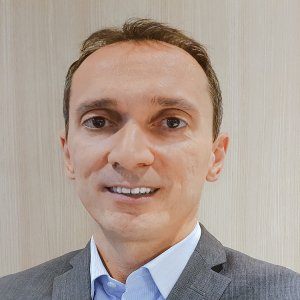


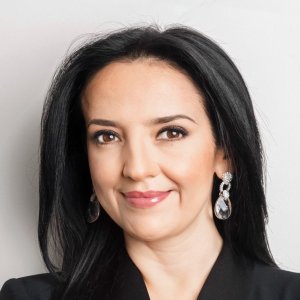
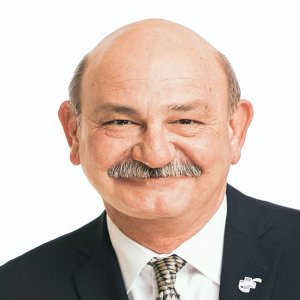
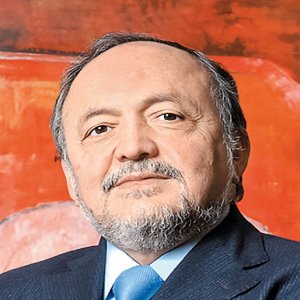
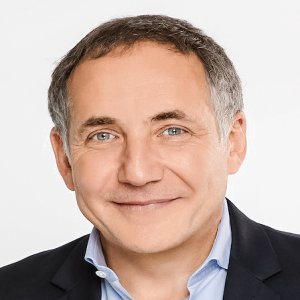
 By Miriam Bello | Senior Journalist and Industry Analyst -
Wed, 06/03/2020 - 13:20
By Miriam Bello | Senior Journalist and Industry Analyst -
Wed, 06/03/2020 - 13:20




